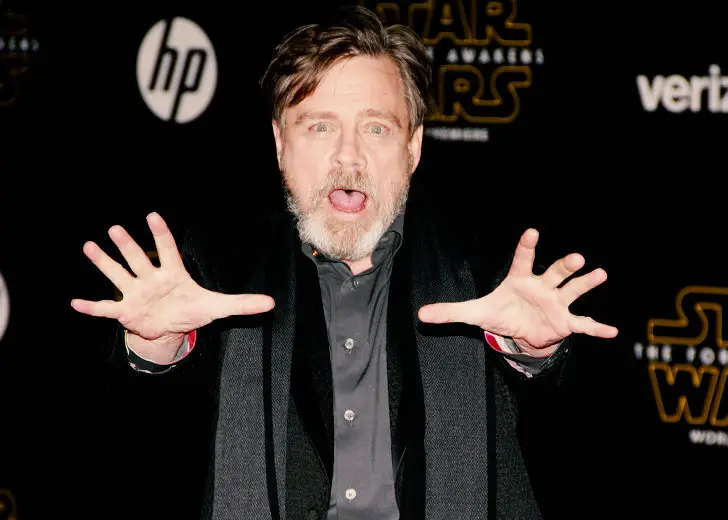Mark Hamill’s De-aging Process to Play Young Luke Skywalker in ‘The Mandalorian’ Explained

69-year-old actor Mark Hamill is renowned for his portrayal of Luke Skywalker in the Star Wars film franchise, earning him three Saturn Awards for the role.
But he recently became the talk of the town when he reprised his role as a younger de-aged version of Skywalker in The Mandalorian season 2 finale.
His appearance came in the final minutes of the episode titled ‘Chapter 16: The Rescue,’ as an X-wing arrived on Moff Gideon's ship.
And while many fans wanted to see Sebastian Stan behind the mask as Young Skywalker, The Mandalorian went with Hamill, who went through a de-aging process to play the part.
But the biggest question here isn’t why Hamill over Stan, but how the elder actor de-aged himself to play the young Skywalker.
How Was Young Skywalker Brought Back on the Screen?
Hamill surprised everyone when he appeared as a young Skywalker, who was almost identical to how he looked four decades ago in the original Star Wars trilogy.
The actor’s de-aging was possible because of advanced visual effects, which have regularly been used in recent Star Wars movies.
For instance, the technology was used in 2016’s Rogue One, where they brought back late actors Carrie Fisher and Peter Cushing as young Leia Organa and Grand Moff Tarkin.
Similar technology was put to use in 2019’s The Rise of Skywalker. In there, Hamill’s Skywalker and Fisher’s Organa were brought back in a flashback to when they were training together as Jedi.
Apart from the special visual effects, multiple body double actors were cast to support Hamill to reprise that younger role.
The end credits of the season 2 finale revealed that Max Lloyd-Jones was cast as the body double for the Jedi. In addition, Matt Rugetti was credited as the stunt double.
Hence, it took advanced visual effects, CGIs, and three actors to bring the young Skywalker on The Mandalorian season 2 finale.
De-aging and VFX in Hollywood
Using special effects, CGIs, VFX, and other advanced technologies have become quite common in Hollywood to better the viewing experience of the audience.
Explaining the advanced technologies used to de-age actors in films, Leia's Lair: A Star Wars Channel, a YouTube channel that explains everything related to Star Wars, said,
Other ways to de-age a performer include compositing techniques that act as a sort of digital makeup applied to the actual actor to smooth their skin.
The explanation video also revealed that a more advanced de-aging process involves scanning an actor’s head to create and animate a fully CGI version.
Such development in facial capture was on display in the 2019 movie The Irishman, which had Robert De Niro, Al Pacino, and Joe Pesci looking around a decade younger than their actual age.
Similarly, advanced technologies have been used in several other projects like the series Lost in Space, to create a world outside of the earth, and the series Stranger Things to develop a monster Demogorgon.